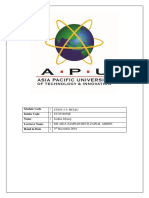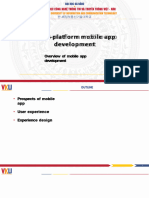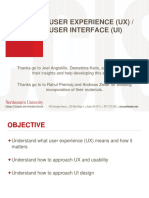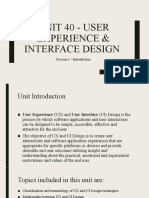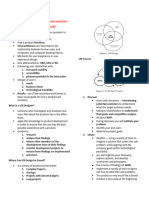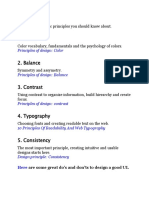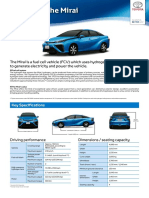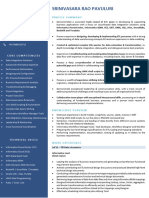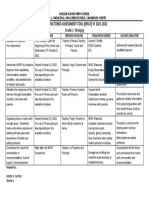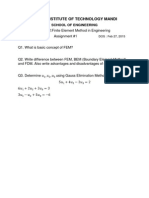0% found this document useful (0 votes)
18 views4 pagesUX Frameworks
This paper aims to clarify the concept of User Experience (UX) by reviewing existing literature and developing a conceptual framework that captures its multi-dimensional nature. The framework is applied to analyze the UX of various phone applications, revealing insights into how different designs impact user interaction. The authors call for further research to refine the framework and enhance understanding of UX in software products and services.
Uploaded by
Carlos Augusto de P. dos SantosCopyright
© © All Rights Reserved
We take content rights seriously. If you suspect this is your content, claim it here.
Available Formats
Download as PDF, TXT or read online on Scribd
0% found this document useful (0 votes)
18 views4 pagesUX Frameworks
This paper aims to clarify the concept of User Experience (UX) by reviewing existing literature and developing a conceptual framework that captures its multi-dimensional nature. The framework is applied to analyze the UX of various phone applications, revealing insights into how different designs impact user interaction. The authors call for further research to refine the framework and enhance understanding of UX in software products and services.
Uploaded by
Carlos Augusto de P. dos SantosCopyright
© © All Rights Reserved
We take content rights seriously. If you suspect this is your content, claim it here.
Available Formats
Download as PDF, TXT or read online on Scribd
/ 4





































